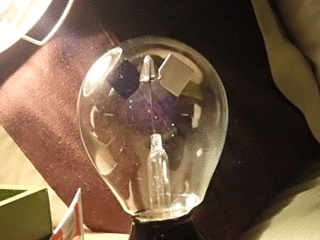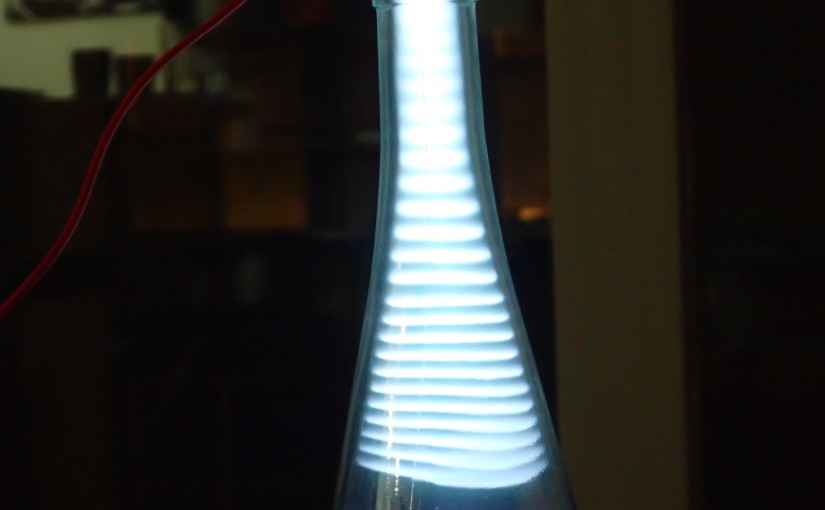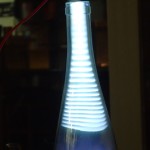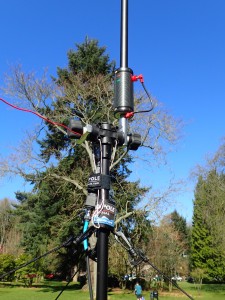Since I’m on a late 1800s physics kick, I’ve been staring at my Crookes radiometer a lot.

You might remember these from the hands-on museum. Today, these are just novelty items, but back in the 1800’s, there were actually scientific instruments that could quantitatively read out the amount of incoming radiation (like visible or infrared light). They were generally read out using a calibrated spinning disk with slots in it. It’s like when you have a fan spinning in a dark room, and you adjust a strobe light until it looks like the fan isn’t spinning. Then, if you know how fast the strobe is blinking, you know how fast the object is spinning. This is called a stroboscope.
Well, I don’t have a stroboscope. But I do have a digital camera and a computer. As it turns out, I can read the Crookes radiometer using that!
Continue reading Reading out a Crookes radiometer (light-mill) with Python and OpenCV




